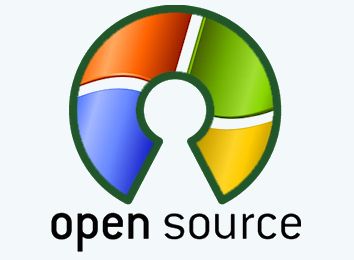Microsoft Deepens Open Approach With New Subsidiary

Microsoft is seeking to deepen its interaction with open source communities with the creation of a new subsidiary
Microsoft continues to embrace the open approach after it launched a new wholly owned subsidiary known as Microsoft Open Technologies.
In an 12 April blog post, Jean Paoli, the newly named president of the subsidiary, said the goal of Microsoft Open Technologies is “to advance the company’s investment in openness – including interoperability, open standards and open source.”
Open Redmond
Paoli’s old Microsoft Interoperability Strategy team, which has worked closely with many business groups on numerous standards initiatives across Microsoft, will form the nucleus of this new subsidiary.
 That team worked on issues such as the World Wide Web Consortium’s (W3C) HTML5, the Internet Engineering Task Force’s (IETF) HTTP 2.0, cloud standards in the Distributed Management Task Force (DMTF) and the Organisation for the Advancement of Structured Information Systems (OASIS), and in many open source environments such as Node.js, MongoDB and Phonegap/Cordova.
That team worked on issues such as the World Wide Web Consortium’s (W3C) HTML5, the Internet Engineering Task Force’s (IETF) HTTP 2.0, cloud standards in the Distributed Management Task Force (DMTF) and the Organisation for the Advancement of Structured Information Systems (OASIS), and in many open source environments such as Node.js, MongoDB and Phonegap/Cordova.
Said Paoli:
“We help provide open source building blocks for interoperable cloud services and collaborate on cloud standards in DMTF and OASIS; support developer choice of programming languages to enable Node.js, PHP and Java in addition to .NET in Windows Azure; and work with the PhoneGap/Cordova and jQuery Mobile and other open source communities to support Windows Phone.”
Standards Push
Meanwhile, Microsoft will continue to engage with the open source and standards communities in a variety of ways, including working with many open source foundations such as Outercurve Foundation, the Apache Software Foundation and many standards organisations, Paoli said.
And currently there are thousands of open standards are supported by Microsoft and many open source environments including Linux, Hadoop, MongoDB, Drupal, Joomla and others, run on Microsoft’s platform.
And the new subsidiary represents a long-term commitment to open source, Paoli said. “The subsidiary provides a new way of engaging in a more clearly defined manner,” he said. “This new structure will help facilitate the interaction between Microsoft’s proprietary development processes and the company’s open innovation efforts and relationships with open source and open standards communities. This structure will make it easier and faster to iterate and release open source software, participate in existing open source efforts, and accept contributions from the community.”
How well do you know your operating systems? Take our quiz.